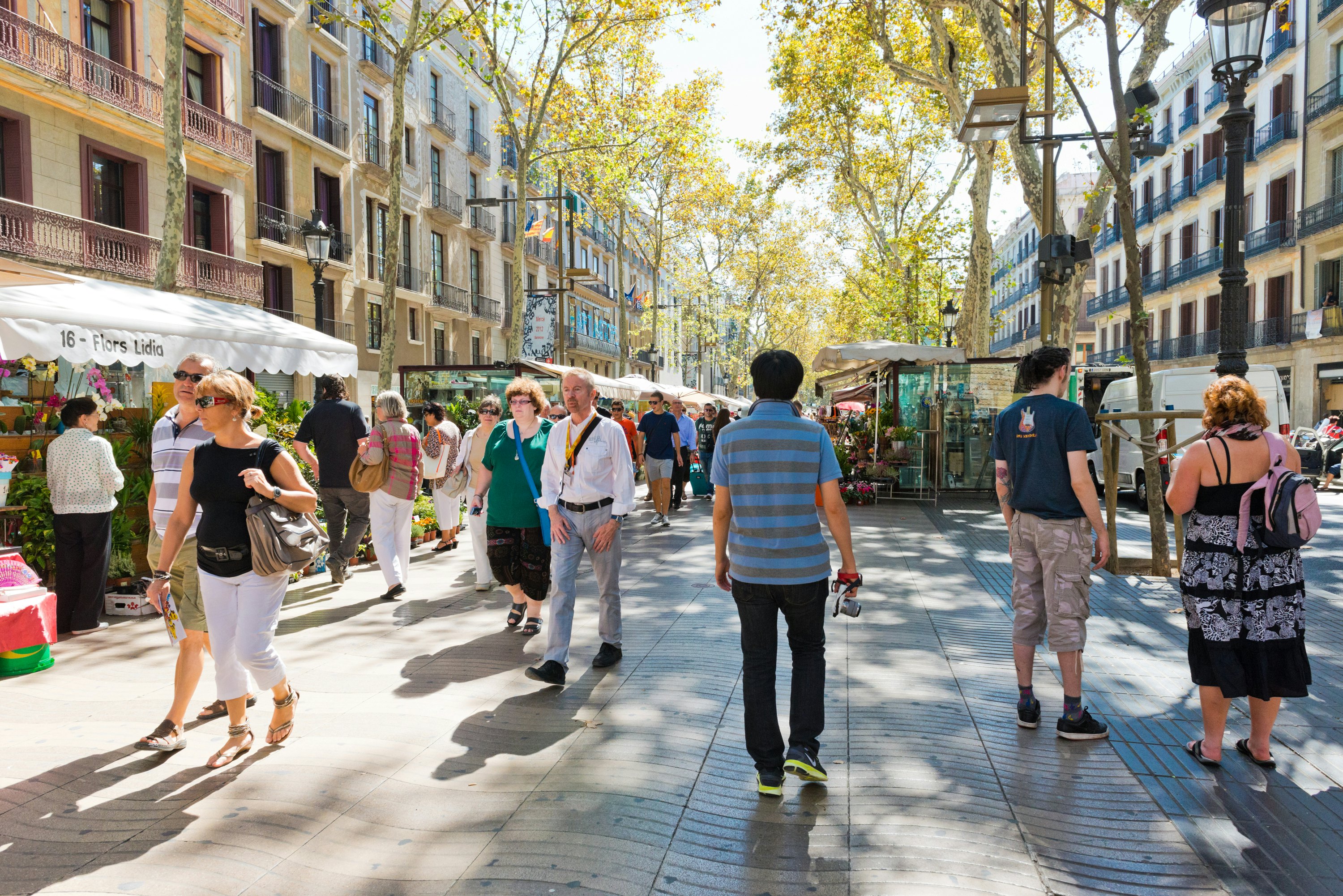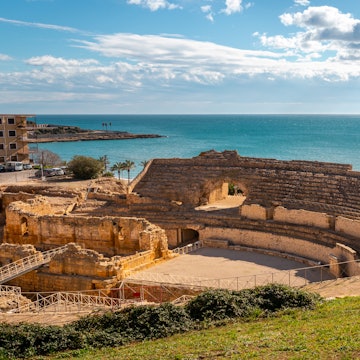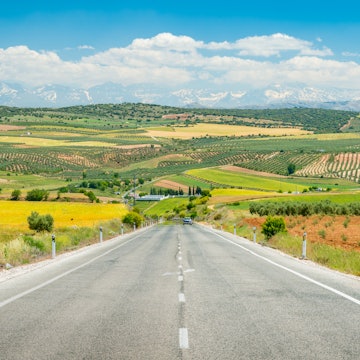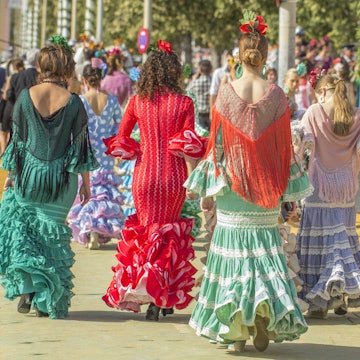

Dodge the crowds and respect the locals with our key things to know before visiting Barcelona. Getty Images
Barcelona is an incredibly popular destination with good reason – its wealth of stunning architecture, incredible food scene, charming neighborhoods, and a thriving nightlife is enough to rival any major city.
But that popularity can also bring complications - the city's overtourism problem and local resentment makes itself known through aggressive graffiti near popular attractions. The Barcelona City Council even restricted some of the access to viewpoints in response to mass tourism.
Still, it's entirely possible to visit Barcelona without adding to these problems with some planning and insider info. In my years of living in Barcelona, I’ve learned how to avoid shoulder-to-shoulder crowds and enjoy the city as a local would. Here’s everything you should know before you come to Barcelona, from the essential safety tips to the cultural landscape.
1. You can’t see everything in a day
Barcelona may not be the biggest city you’ve ever visited, but it is massive when you consider all the ways you can entertain yourself. Because there is so much to see, the ideal number of days for a trip to Barcelona is between two and five.
That should be enough to cover the must-sees, but if you want to explore more in the surrounding area, 10 days would give you additional time to plan day trips either to nearby cava wineries, the Costa Brava, or even as far north as the Pyrenees for a day of skiing.

2. There will be lots of tourists
Avoid the crowds by traveling during the off-season or trying to get an early start on the day before the cruise ships pull in and the streets fill up with visitors.
You can also book many tickets in advance to avoid long queues, but in some places you won’t be able to avoid the crowds. Try to space out the big attractions in your itinerary so you have some breathing room in between; for example, don’t go from the Sagrada Familia to Casa Batllò.
3. Avoid visiting during major events if you're on a budget
Barcelona draws big acts from around the world every summer as a mainstay on the music festival circuit. But unless you’ve got your ticket to Primavera Sound or Sonar already, you may want to avoid traveling during these weekends or any other time when large trade fairs, like the Mobile World Congress, take over the city. It’s already an expensive destination, but accommodation rates skyrocket when a big influx of visitors is on its way.

4. Know what cultural events to look for
If you want to have an authentic cultural experience in Barcelona, you can look for local events that embrace Catalan traditions like the parades of giants, human tower gatherings, Sardana dance circles and the Correfoc fire parades.
You may stumble across them if you’re traveling over a holiday like Semana Santa (Holy Week), but if you want to secure your odds, make a trip in September when the city celebrates La Mercè, one of Barcelona’s patron Saints, with a week of festivities that include cultural events and free concerts.

5. There’s more than one Rambla
Everyone will tell you La Rambla is a must-do, but for me, walking La Rambla feels a lot like walking through Times Square – crowded, touristy, and to be avoided whenever possible. Thankfully, the city has more than one Rambla, where you can actually enjoy the slow strolling these city features were built for.
In the center, you can venture down the Rambla del Raval with its famous Botero cat sculpture, or go a little bit out of the way to walk the Rambla del Poblenou from Diagonal all the way down to the beach.

6. The beaches get better the further out you go
Barceloneta is the most famous beach in Barcelona, and the adjacent neighborhood is worth checking out for its narrow streets and great tapas spots, but travel further down the coast if you actually want to lay out on the beach.
Barceloneta can get very crowded and noisy with tourists, so walk or cab your way past Port Olímpic to Platja de la Mar Bella. Because all the beaches in Barcelona are artificial, built for the 1992 Olympic games, the sand isn’t the nicest. If you can travel outside the city to Sitges or up the Costa Brava, you’ll find more tranquil and scenic beaches.

7. Get to know Catalan culture
An autonomous region of Spain, the subject of Catalan independence is still touch-and-go, but you should be respectful to the locals by learning about all the distinct characteristics that give Catalans their cultural identity. Show a little curiosity, and locals will be more than happy to tell you all about their favorite traditions, from wintertime onion barbecues to the cheeky caganer ("the pooper") a beloved Christmas icon.
8. Catalan is not a dialect of Spanish
If you’re looking for the quickest way to offend a Catalan, this is the one. Almost everyone in Barcelona can speak Catalan and Spanish, and the tourism circuit is well set up for English-speaking clientele, so you should have no problem getting around.
However, you can make a good impression on your hosts by learning a few words. Some are similar to Spanish and French, like “Hola” and “Merci” for “Hello” and” Thank you,” but you can also try “Bon día” for “Good morning” and “Adéu” for “Goodbye.”

9. Pickpockets are a real issue
Just about everyone in Barcelona has a first- or second-hand pickpocketing story, including me (they slipped two credit cards out of my wallet while I was working on my laptop in a crowded cafe). You should never let your guard down, especially when riding the metro or walking down crowded tourist areas like La Rambla. Put your phone away whenever you’re not using it, and never leave it sitting on the table if you’re dining outside.
10. Public transportation is safe and efficient
Although you do have to mind your belongings from the nefarious pickpockets, one of the best things about living in Barcelona is how easy and efficient public transportation is. I’ve had generally positive experiences, and it’s easy to connect to the major train and bus stations for adventures outside the city.
You may also see the red shared bikes called Bicing, but they're only available for rent to residents. If you want to take advantage of Barcelona’s bike lanes, you’ll have to get a rental from a shop. Be strategic about how and where you lock it – bike thieves are as common as pickpockets.
















